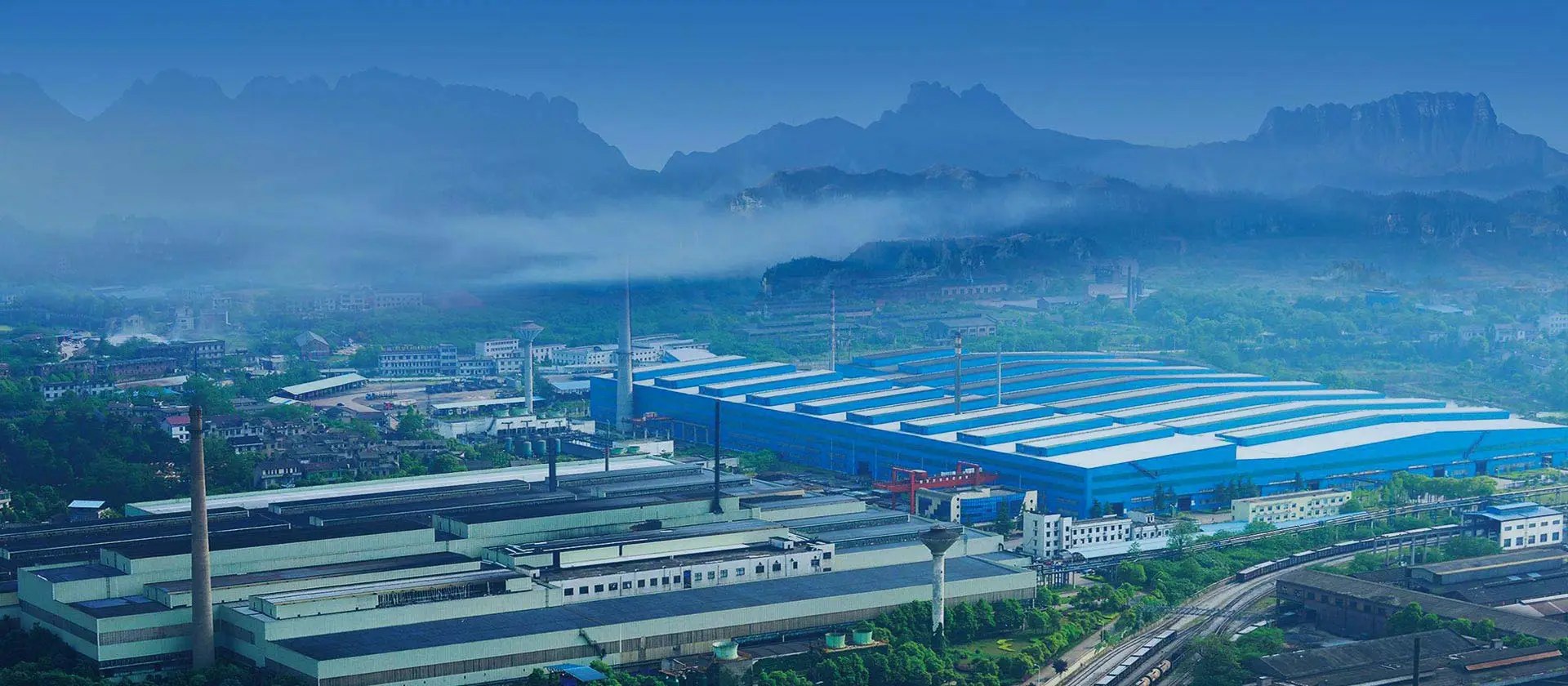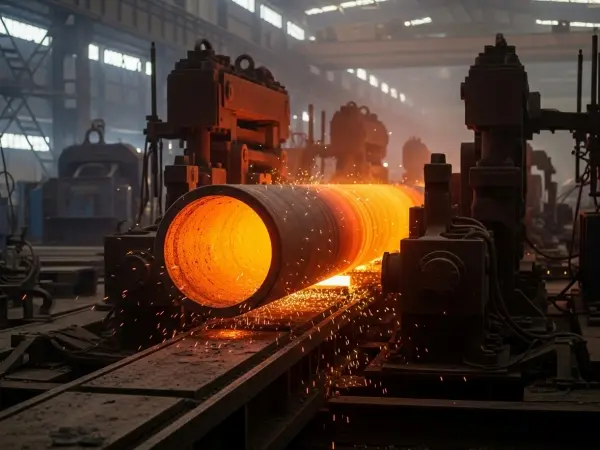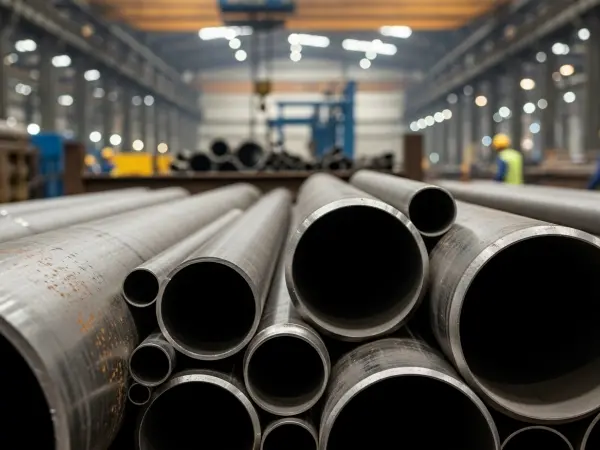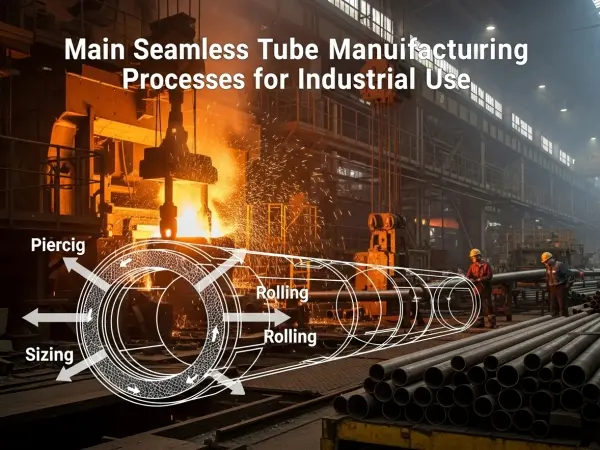
Seamless steel pipes are produced without a welded seam, making them stronger and more reliable for high-pressure applications. The primary manufacturing methods include:
Hot Rolling: A solid billet is heated and pierced to create a hollow tube, which is then elongated and rolled to the desired dimensions.
Cold Drawing: This process refines the dimensions and improves mechanical properties by pulling the pipe through a series of dies.
Heat Treatment: Enhances mechanical strength and refines the microstructure, reducing residual stresses.
Seamless steel pipes exhibit excellent mechanical properties due to their uniform structure:
Higher Pressure Resistance: The absence of weld seams eliminates weak points, allowing the pipe to withstand greater internal pressures.
Superior Toughness and Ductility: The manufacturing process ensures a consistent grain structure, improving impact resistance.
Uniform Wall Thickness: Enhances reliability in demanding industrial applications.
Seamless steel pipes are widely used in industries requiring high performance:
Oil and Gas Industry: Used for pipelines, drilling rigs, and offshore structures due to their strength and corrosion resistance.
Automotive Industry: Applied in precision tubing for vehicle components such as fuel injection systems.
Power Plants and Boilers: Seamless pipes withstand high temperatures and pressures in steam pipelines and heat exchangers.
Mechanical Engineering: Ideal for hydraulic and pneumatic systems requiring precision tubing.
Alloy Selection: Grades such as 304L and 316L provide excellent corrosion resistance in harsh environments.
Coatings and Treatments: Seamless pipes can be galvanized, coated with epoxy, or treated with anti-corrosion layers for enhanced durability.
Passivation and Pickling: These treatments remove surface impurities, improving corrosion resistance and extending service life.
Seamless steel pipes offer superior mechanical strength, reliability, and resistance to extreme conditions. Their widespread use in critical industries underscores their importance in modern engineering applications.


